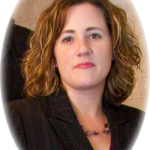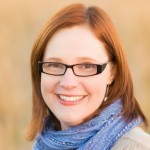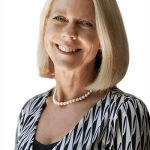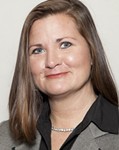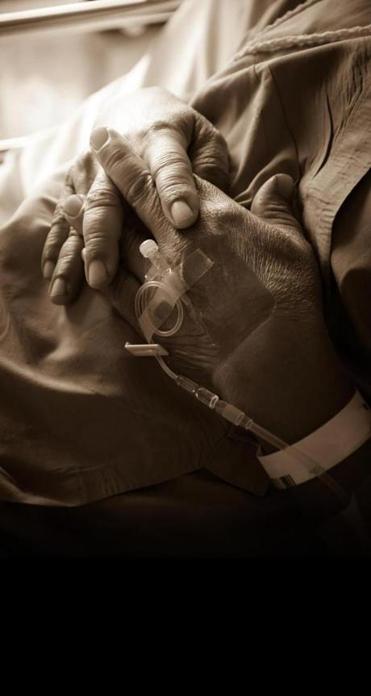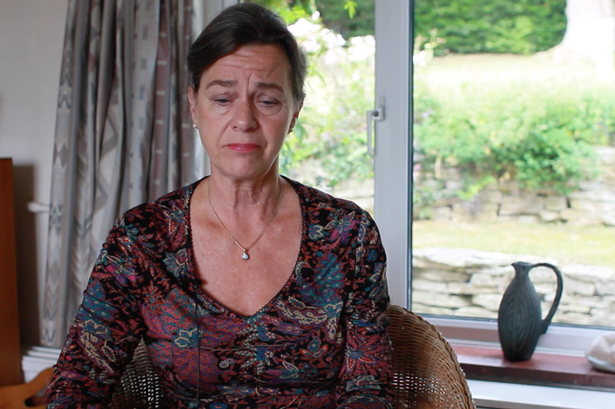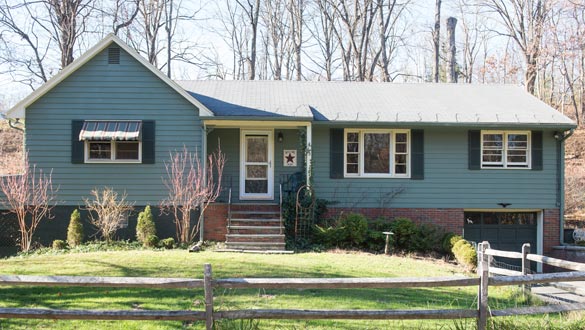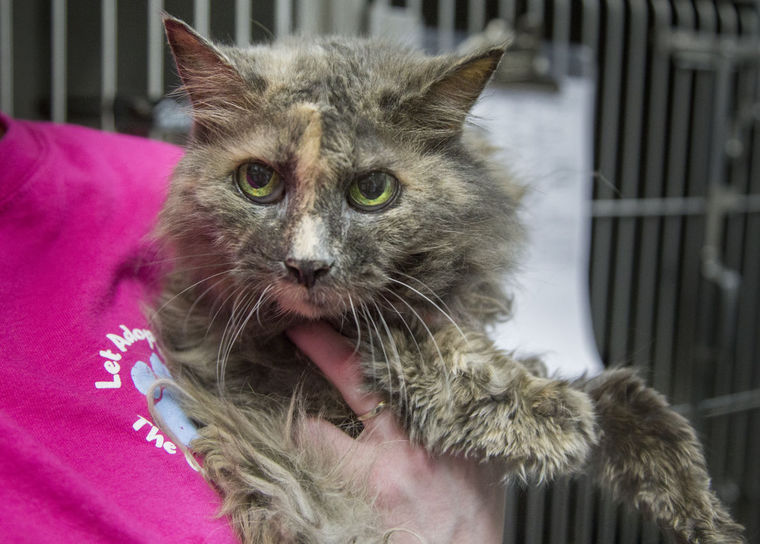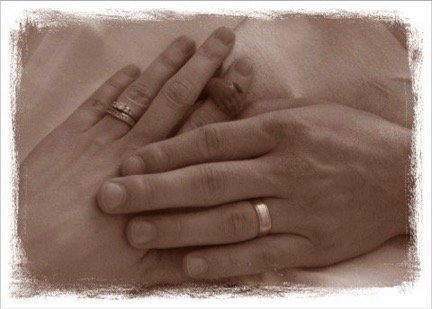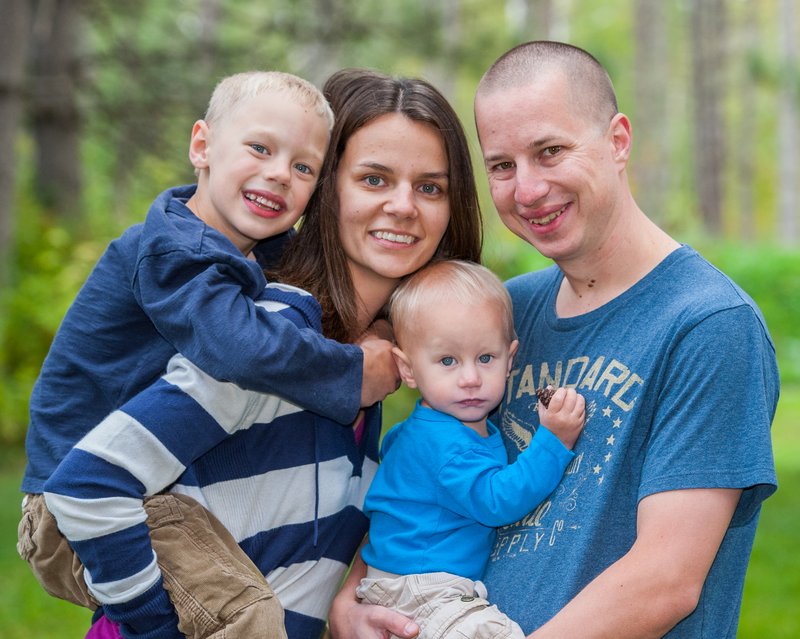With digital estate planning sites, you can upload wills, trusts, health care directives and even appraisals of your valuable items.
By Teresa Mears
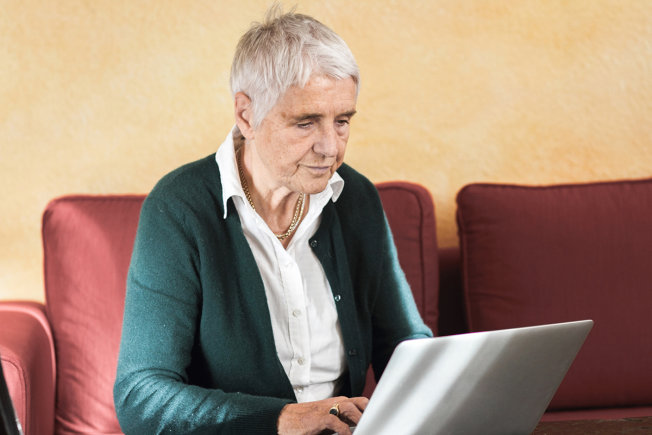
We don’t like to talk about the end of our lives, but it’s something that is important to plan for, both for ourselves and for those we leave behind.
These days, estate planning includes not only who will inherit our worldly goods when we die, but also what will happen to our digital legacies. While the digital passwords of our lives may be needed by our heirs after our deaths, it’s not exactly practical to update our wills every time we add a new password.
New companies are springing up to help us make plans and gather all the information our heirs will need in one place. Not only do the services provide a digital value, they provide prompts to encourage us to think about issues we haven’t put in writing, such as what music we would like playing in our final hours.
“I can’t tell you how important it is to have all this information in one place,” says Abby Schneiderman, co-founder of Everplans.com, which started out as a content site and then grew into a planning platform after her brother’s death in a car crash in 2012. “It helps people get together all of the important information and documents the family needs in the event of an emergency or, even worse, a death.”
Everplans is one of several companies that allow you to create a digital repository of your wills, health care directives, funeral wishes, plans for your pet, desires for your Facebook page, what you’d like to see in your obituary, family photos and even your grandpa’s cherished spaghetti recipe. You can enter information during your life that you want your family to find when you die or share information with family now.
Steve Byrne, co-founder of FinalRoadmap.com, says many of his clients are baby boomers who are struggling to figure out what their parents want. They don’t want to put their children into the same position. The sites drill down into much more detail than you would typically include in a will or an advance health care directive, down to what interventions you want and who you want in the room while you’re dying.
If you’re in an accident, for example, who has the power to make decisions for you? If you’ve given your sister that responsibility, how will your doctors know, and does she have a copy of the document?
“People say I don’t want to be a vegetable, but what does a vegetable mean?” Byrne says. “Our mission is to encourage people to think about, to document and share end-of-life wishes.”
Everplans and Final Roadmap are two among a number of sites that provide this type of service, including The DigitalBeyond.com, PlannedDeparture.com, AfterSteps.com and PrincipledHeart.com.
All sites encourage you to discuss end-of-life issues with your family, record your wishes and then make it easy for family members to find them when they’re needed. “What we try to do is not only have a place for everything, but guide them through those questions,” Byrne says. “There are people still years after they’ve made decisions wondering if they did the right thing because it was just a guess.”
You can designate whom you wish to see specific information and whether you want to share it now or not until after you’ve passed.
“I try to make this as easy as possible for people to have this all in one place,” says Byrne, who founded the site with his wife, Kerry Shannon, a health care consultant. “We want people to do this while they’re healthy, while they still have the faculties. … We try to tell people this is not about dying, this is about planning ahead.”
The sites provide places to upload wills, trusts, health care directives, powers of attorney and even appraisals of valuable items you may own. You may also be asked to record the location of notarized and signed copies of documents and the contact information for your estate planning attorney.
Users can add all kinds of details, from records of their pets’ health, to family genealogy, to password for online accounts to instructions on how elements in the house work. “I guess you could call it a smart vault,” Schneiderman says.
Everplans charges $75 a year, while Final Roadmap charges a one-time fee of $249, with discounts for multiple users. The services also have options for sharing all the aspects of your digital life, from passwords to bank accounts to the message you want sent to your Twitter followers after you’re gone.
“I consider [digital estate planning] in this day and age traditional estate planning,” says Wendy Goffe, an estate lawyer who is a partner at Stoel Rives in Seattle. “Your digital life is a big part of your life. For some people, that’s the biggest part of your life.”
Goffe cautions that everyone’s situation is different and no online service can replace the advice of an experienced attorney who understands your situation. “You don’t know what you’re not getting,” she says. “A program only gives you what you ask for, and you’re not always asking the right things.” Your digital life may include valuable intellectual property, for example, which requires more planning than what to do with your Facebook status updates.
The other issues people need to be aware of with online repositories, she says, are security and what will happen to your documents if the company goes under. One option for customers might be to print out copies of everything they place online and let a family member know the location of those paper documents.
Here are seven factors to consider when doing your end-of-life planning:
Legal documents. Most people need a will and some would benefit from a trust. You probably also want to designate a health care surrogate and leave an advance health care directive. Exactly which documents you need may vary by state and situation, so consulting with an estate planning lawyer is advisable.
Digital legacy. What do you want to happen with your online accounts when you pass on, and how will your heirs find all the passwords? If you own intellectual property such as e-books, photos or other copyrighted material, you may want to consult an attorney.
Business future. If you own a business, what will happen to it when you die or are unable to run it? Would someone be able to find everything they need to run your business temporarily if you were in an accident? Once you die, does someone inherit the business or will it be shut down?
End-of-life wishes. A health care surrogate and an advance directive will cover your legal bases, but you may want to give your family, especially the person who will make decisions for you, more details about when you would like heroic measures taken and when you would prefer no interventions. Do you have specific ideas on who you would prefer to be with you and what you want the atmosphere to be when you’re dying?
Funeral plans. Do you want burial or cremation? Are there specific readings or songs you want at your service or people you would like to have speak? What do you want included in your obituary? How will your family know whom to contact with the information that you have passed?
Assets. If you died tomorrow, would your heirs be able to find all your assets? Is all your beneficiary information current on your retirement accounts and life insurance? Do you need to leave passwords to access accounts?
Day-to-day details. Will you heirs know how to pay the water bill, the mortgage and other home chores? If you rent, will they know how to contact your landlord? These items will need to be handled while your home is waiting to be sold or occupied by another family member.
Complete Article HERE!

